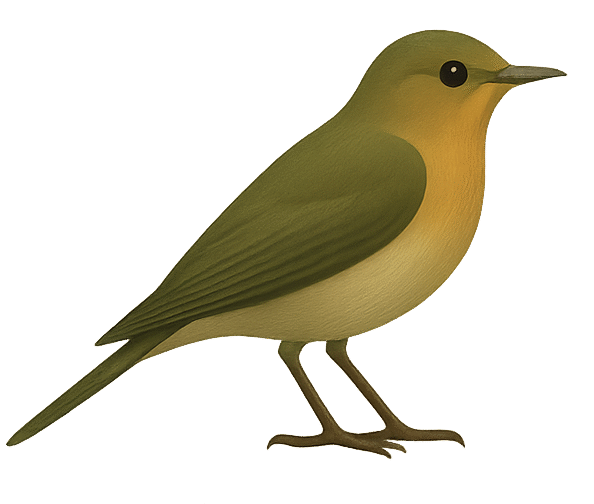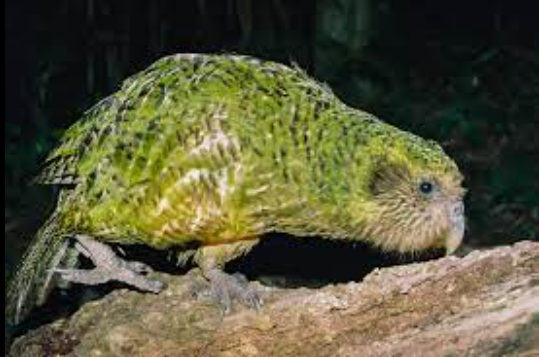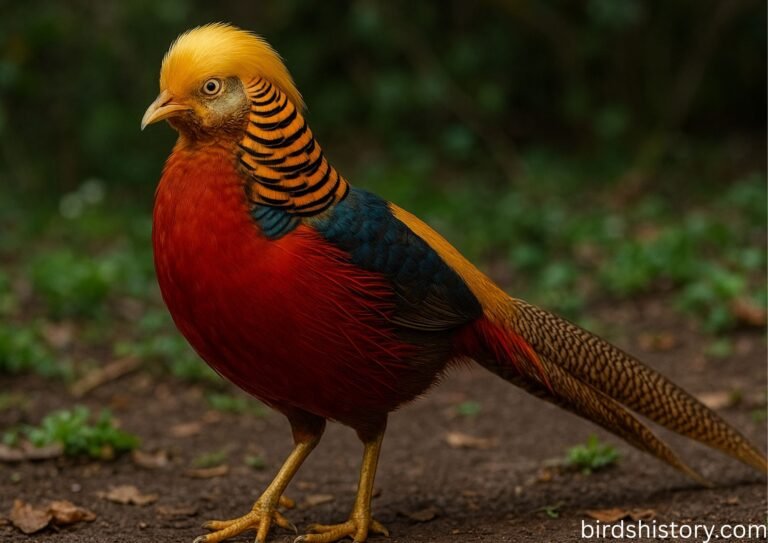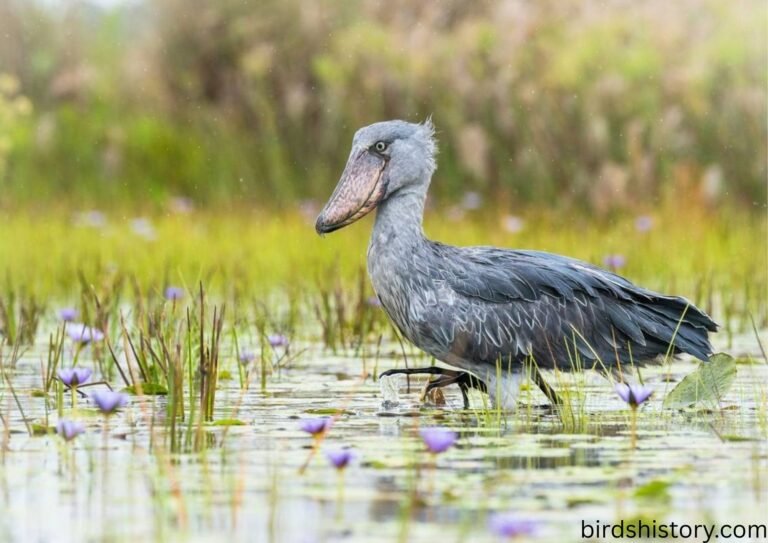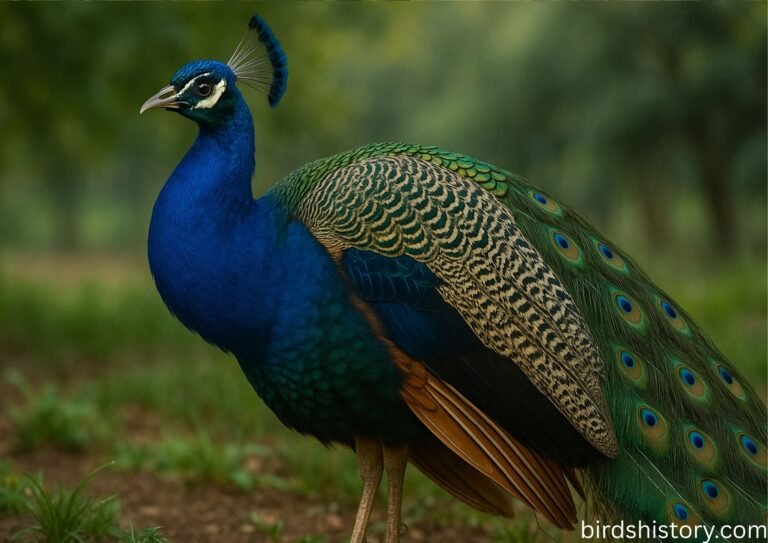Gray Antwren: A Tiny Forest Gem of the Tropics
The Gray Antwren is a small but fascinating bird that thrives in the rich tropical forests of Central and South America. Known for its subtle beauty and active lifestyle, this bird might not have the bright plumage of parrots or the size of hawks, but it plays an important role in forest ecosystems.
Often seen darting through branches or fluttering in mixed flocks, the Gray Antwren is one of those species that adds life and sound to dense rainforests. It may look modest with its soft gray shades, but its behavior and adaptability make it truly interesting to birdwatchers and scientists alike.
One fun fact is that this bird often joins mixed-species foraging groups, meaning it works alongside other birds while searching for insects. This teamwork not only helps with food but also provides better protection against predators.
Gray Antwren Taxonomy / Classification
- Common Name: Gray Antwren
- Scientific Name: Myrmotherula menetriesii
- Family: Thamnophilidae
- Order: Passeriformes
- Class: Aves
Also read: /the-great-spotted-kiwi/
The Gray Antwren belongs to the antbird family, a group of insect-eating birds found mostly in the Neotropics. Like many antbirds, they are small, quick, and rely on keen eyesight to locate prey.
Gray Antwren Physical Description
The Gray Antwren is a tiny songbird, averaging about 9–11 centimeters in length and weighing only 7–10 grams. Despite its small size, it is highly energetic and constantly in motion.
- Coloration:
The bird is primarily gray, as its name suggests, but its shades vary slightly depending on the region and sex. - Males: Typically darker gray with subtle streaks or darker wing edges. They often appear sleeker and slightly more uniform in color.
- Females: Tend to be lighter gray, sometimes with a faint brownish tinge on the wings or underparts.
- Wings and Tail: The wings are short and rounded, allowing for quick, agile movements through dense vegetation. The tail is fairly short and used for balance as the bird darts among branches.
- Beak: The bill is short, straight, and sharp—perfect for snatching small insects.
While its plumage might seem plain at first glance, up close the bird reveals fine feather details that blend beautifully with the forest understory, giving it excellent camouflage.
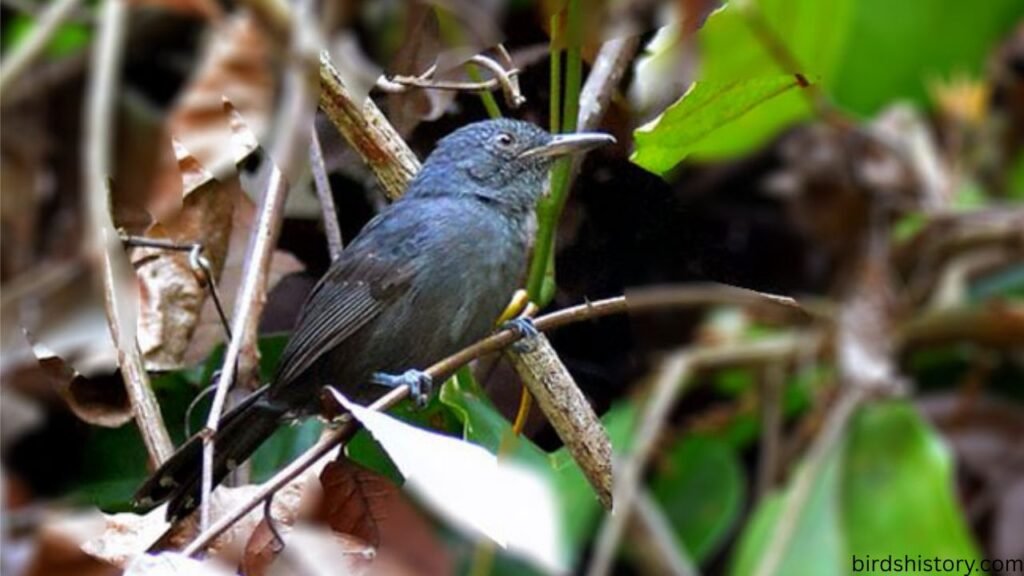
Habitat and Range of Gray Antwren
The Gray Antwren has a wide distribution across Central and South America, particularly in tropical rainforests.
- The species can be found in a number of countries, including Brazil, Colombia, Venezuela, Ecuador, Peru, Bolivia, Guyana, Suriname, and French Guiana.
- Environment: Prefers lowland tropical forests, especially in the Amazon Basin. It thrives in humid, dense vegetation and is usually seen in the mid to lower levels of the forest canopy.
- Altitude: Usually found below 800 meters, though it occasionally ranges higher in some regions.
- Migration: The species is largely non-migratory, staying year-round in its home range.
Because of its secretive lifestyle, the Gray Antwren is more often heard than seen, making it a challenge for birdwatchers.
Gray Antwren Diet and Feeding Habits
The Gray Antwren is an insectivore, feeding mainly on small arthropods. Its diet includes:
- Ants
- Beetles
- Spiders
- Small caterpillars
- Other tiny insects
Feeding Behavior:
- These birds forage actively, often fluttering and gleaning insects from leaves, twigs, and bark.
- They are commonly seen in mixed-species flocks, which improves foraging efficiency and reduces the risk of predation.
- Quick and agile, they hop and flit constantly, probing leaves and branches with their sharp beaks.
This active feeding style helps control insect populations in the forest, highlighting the bird’s ecological importance.
Behavior and Lifestyle
The Gray Antwren is a highly social bird that is seldom seen on its own.
- Flocking: It often joins small groups of its own kind or mixes with other insect-eating species such as woodcreepers, tanagers, and flycatchers.
- Flight: Its flight is short and darting, adapted to weaving through thick vegetation rather than long-distance travel.
- The bird’s call consists of a sequence of sharp, rapid “tsip-tsip” sounds, which are frequently uttered in short bursts. These calls keep pairs and groups in contact while foraging.
- Mating Rituals: Courtship is subtle, with males displaying more by proximity and vocalizations than by elaborate dances.
Their constant activity makes them hard to photograph, but birdwatchers prize even brief sightings.
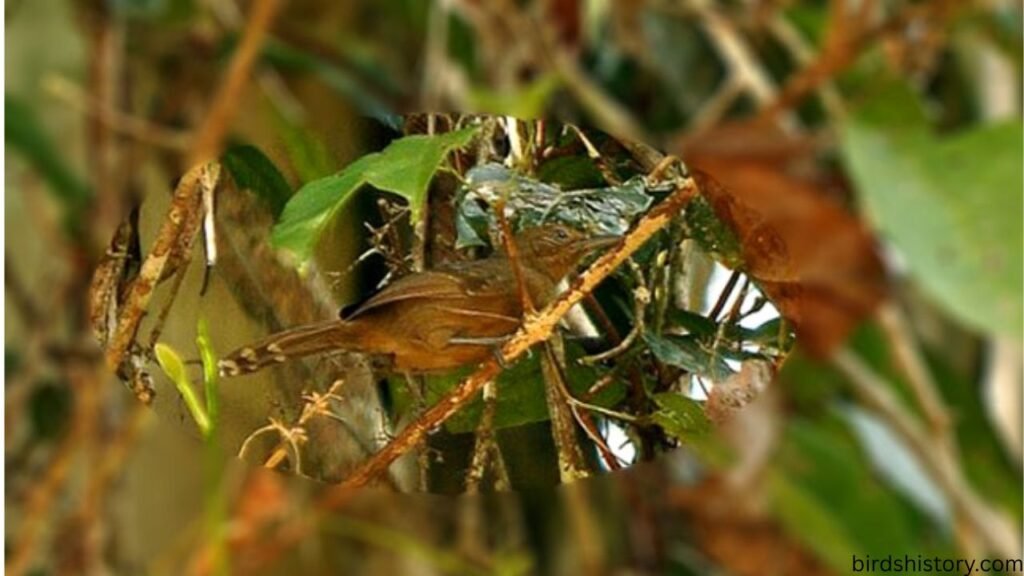
Gray Antwren Reproduction and Lifespan
Breeding behavior in Gray Antwrens is typical of small tropical passerines.
- The species generally breeds during the rainy season because food sources are most abundant at that time. In much of the Amazon, this can be from October to March, though timing varies locally.
- Nesting: They build small cup-shaped nests, often low in shrubs or small trees, camouflaged with leaves and plant fibers.
- Eggs: Typically 2 white or pale eggs with fine spots.
- Incubation: Both parents may take turns incubating, lasting about 13–15 days.
- Chick Care: After hatching, both parents feed the chicks small insects until they fledge after roughly two weeks.
Lifespan
In the wild, small passerines like the Gray Antwren generally live 3–6 years, though predation and environmental pressures can shorten this.
Predators and Threats
Like many small forest birds, the Gray Antwren faces multiple threats:
- Predators:
- Snakes
- Raptors (hawks, falcons)
- Larger predatory birds
- Small mammals (e.g., monkeys, ocelots may raid nests)
- Environmental Threats:
- The primary threat comes from the clearing of land in the Amazon and other tropical forests.
- Habitat fragmentation reduces flocking opportunities and makes the species more vulnerable.
- Human Impact:
Although they are not hunted directly, human-driven habitat destruction is their greatest challenge.
Gray Antwren Conservation Status
- According to the IUCN Red List, the Gray Antwren is currently classified as Least Concern (LC) due to its wide range and relatively stable population.
- However, localized declines are noted where deforestation is heavy.
- Conservation efforts aimed at protecting Amazonian forests indirectly safeguard this species.
Saving tropical forests is essential not just for the Gray Antwren, but for a multitude of interconnected species that depend on them.
Interesting Facts about the Gray Antwren
- Despite its name, the Gray Antwren is not closely related to wrens—it belongs to the antbird family.
- It frequently forages in mixed-species flocks, a survival strategy that reduces predation risk.
- The bird’s gray plumage is a perfect camouflage in shadowy forest understory.
- Unlike some antbirds that follow army ants to catch flushed prey, the Gray Antwren is more independent, gleaning insects directly.
- Its small size makes it one of the tiniest antbirds in the Amazon Basin.
- Since it is more easily heard than seen, birdwatchers tend to identify the bird by its sound.
- It is a non-migratory resident, living its entire life within a small home range.
- The name menetriesii honors the Russian naturalist Édouard Ménétries.
- The species plays a role in insect control within its habitat.
- It is an example of how even small, overlooked birds are vital to maintaining ecological balance.
Conclusion
Despite its small size and plain looks, the Gray Antwren is a very lively and collaborative bird that plays a crucial role in its ecosystem. From its agile feeding style to its role in mixed-species flocks, this tiny antbird proves that even the smallest creatures contribute significantly to biodiversity.
Protecting the forests it calls home ensures not only the survival of the Gray Antwren but also the health of entire ecosystems. For bird enthusiasts, catching a glimpse of this elusive gray gem is a reminder of the wonders hidden within the Amazon rainforest.
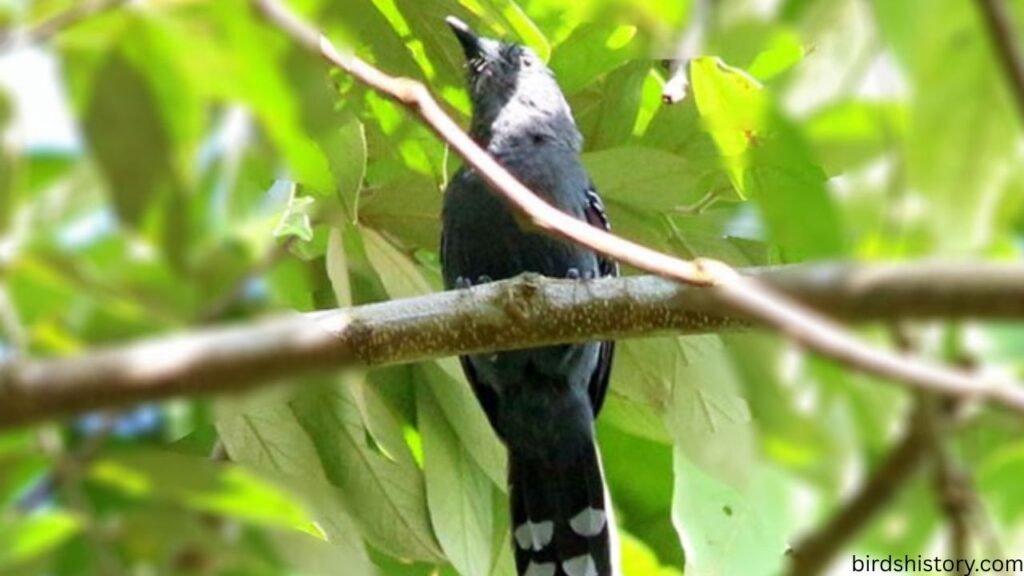
FAQs About Gray Antwren
1. What is the Gray Antwren’s scientific name?
Its scientific name is Myrmotherula menetriesii.
2. Where can the Gray Antwren be found?
The main habitat for this species is the Amazon Basin, which includes Brazil, Colombia, Ecuador, Peru, and the surrounding nations.
3. What does the Gray Antwren eat?
It feeds on small insects like ants, beetles, spiders, and caterpillars.
4. Is the Gray Antwren endangered?
No, it is currently listed as Least Concern by the IUCN.
5. Does the Gray Antwren migrate?
No, it is a resident species that stays year-round in its home range.
6. How big is the Gray Antwren?
It measures about 9–11 cm long and weighs 7–10 grams.
7. What makes the Gray Antwren unique?
It often joins mixed-species flocks, showing cooperative foraging behavior.
8. How does the Gray Antwren build its nest?
It builds small cup-shaped nests in shrubs or small trees, camouflaged with leaves.
9. How many eggs does Gray Antwren lay?
Typically 2 eggs, pale with small speckles.
10. Why is the Gray Antwren important?
It helps control insect populations and plays a role in maintaining rainforest balance.
